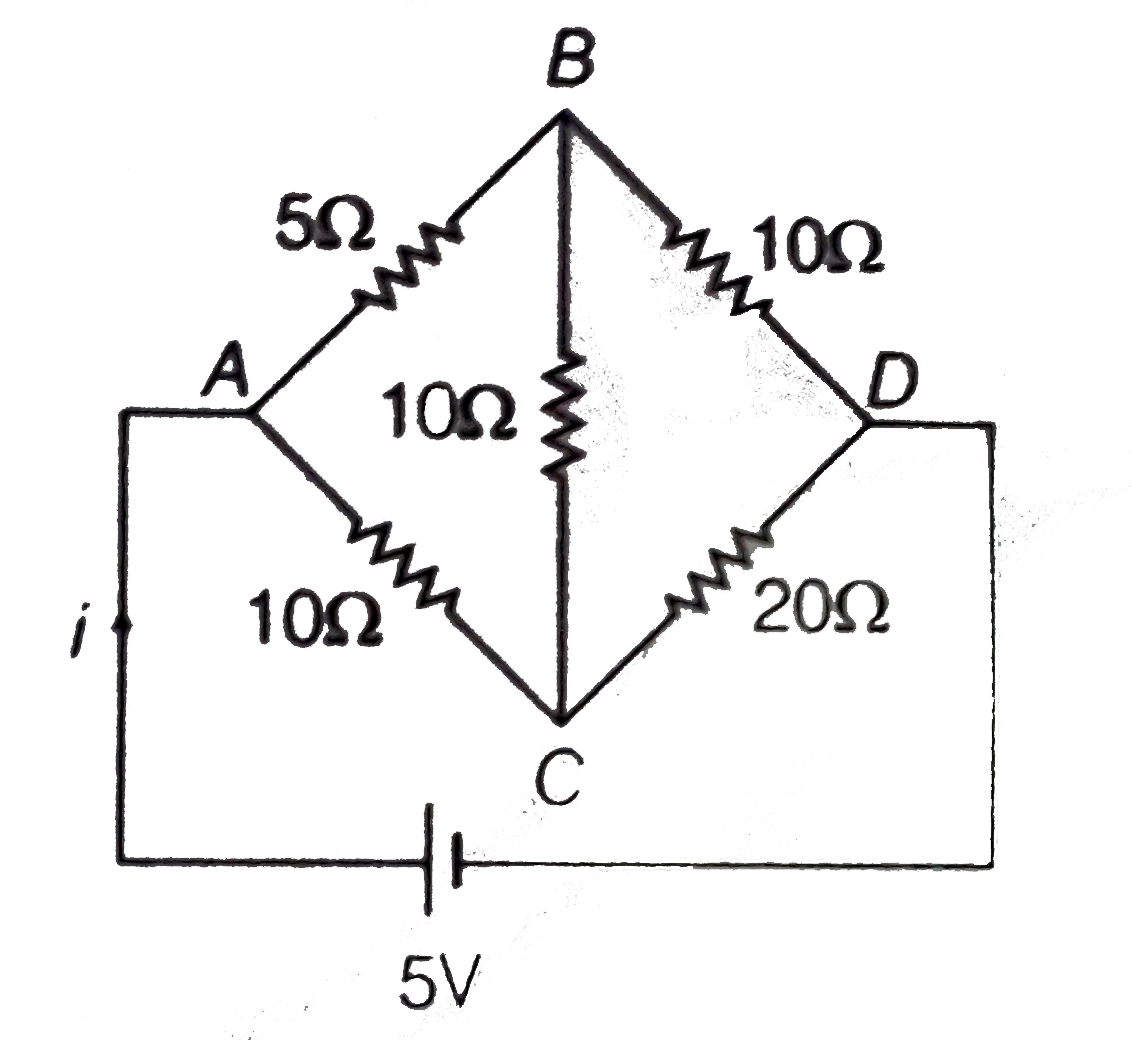The variation of the instantaneous current (I) and the instantaneous e.m.f (E) in a circuit is as shown in figure. Which of the following statement is correct?

The voltage lags behind the current by π/2
The voltage leads the current by π/2
The voltage and the current are in phase
The voltage leads the current by π
The correct Answer is:b
Step by step video, text & image solution for The variation of the instantaneous current (I) and the instantaneous e.m.f (E) in a circuit is as shown in figure. Which of the following statement is correct? by Physics experts to help you in doubts & scoring excellent marks in Class 12 exams.
Updated on:21/07/2023Topper's Solved these Questions
Similar Questions
Knowledge Check
For the given circuit shown in figure which of the following statements is/are correct
 AThe equivalent capacitance between.points 1 and 2 is 15C11BThe equivalent capacitance between poiots 3 and 6 is 5C3CThe equivalent capacitance between points 1 and 3 is 15C14DThe equivalent capacitance between points 3 and 5 is 14C15
AThe equivalent capacitance between.points 1 and 2 is 15C11BThe equivalent capacitance between poiots 3 and 6 is 5C3CThe equivalent capacitance between points 1 and 3 is 15C14DThe equivalent capacitance between points 3 and 5 is 14C15For the circuit shown in figure, which of the following statements is true ?
 AWith S1 closed, V1=15V,V2=20VBWith S3 closed, V1=V2=25VCWith S1 and S2 closed V1=V2=0DWith S1 and S3 closed V1=30V and V2=20V
AWith S1 closed, V1=15V,V2=20VBWith S3 closed, V1=V2=25VCWith S1 and S2 closed V1=V2=0DWith S1 and S3 closed V1=30V and V2=20VIn the circuit shown in the figure, which one of following statement is correct
 AIf the switch S is closed, the time constant during, charging is RCBif the switch S is closed, the time constant during charging is RC/2.CIf the switch is opened again, the time constant during discharging is 3RCDIf the switch is opened again, the time constant during discharging isRÇ/2
AIf the switch S is closed, the time constant during, charging is RCBif the switch S is closed, the time constant during charging is RC/2.CIf the switch is opened again, the time constant during discharging is 3RCDIf the switch is opened again, the time constant during discharging isRÇ/2
Find current (i) in circuit shown in figure.

View SolutionWhat is the current ( i ) in the circuit as shown in figure

View SolutionFor the circuit shown in figure. The point F is grounded. Which of the following is wrong statement ?

View SolutionCurrent I is being driven through a cell of emf E and internal resistance r as shown in the figure. Choose the following correct statements.

View SolutionThe variation of current (I) and voltage (V) is as shown in figure A. The variation of power P with current I is best shown by which of the following graph

View Solution

